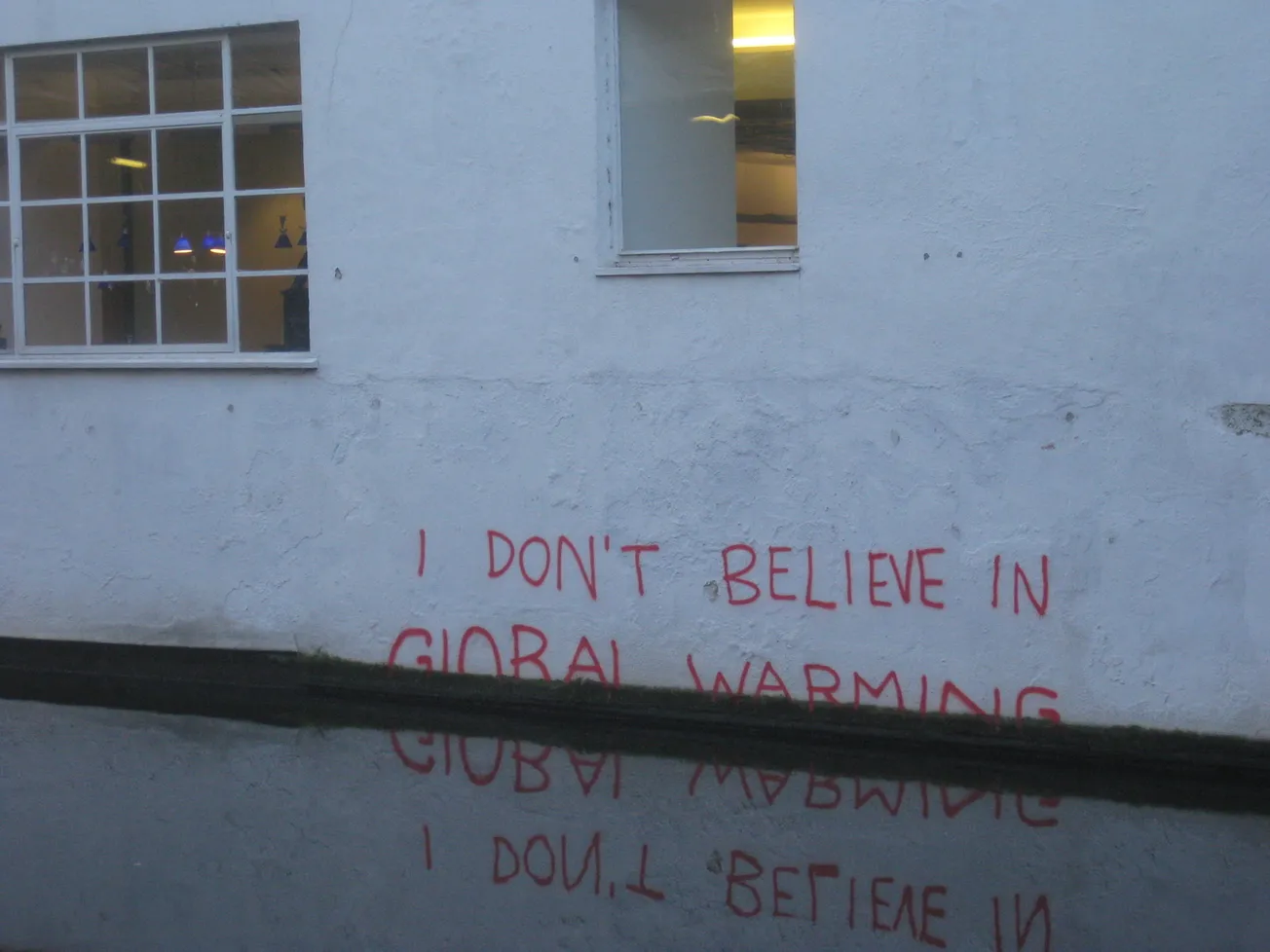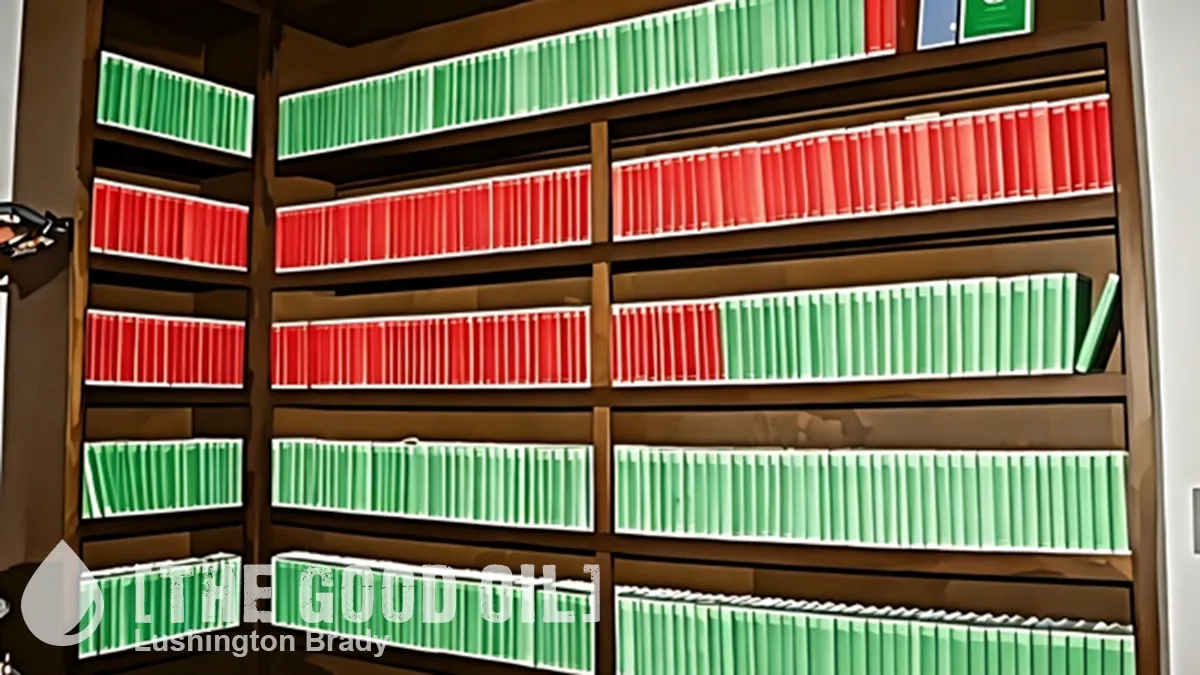For every David Attenborough, Prince Harry or James Shaw there are at least as many man-made climate change sceptics supported by science. But how good is the science?
Sanjeev Sabhlok writing for Climate Change Dispatch says “Driven by Bad Science, Climate Change Climate Alarm is an Excuse to Ignore Real Problems”. Sabhlok’s gripe is that the IPCC “fails to emphasize that without using fossil fuels today, our future generations won’t become even half as rich”. He discusses an aspect of bad science that man-made climate change hangs off – dangerous CO2 levels.
“There is overwhelming evidence that today’s CO2 level of 400 ppm is simply too low. Commercial greenhouse farmers insist on 1,500 ppm of CO2 to get the best plant output.
That makes sense because most of today’s plants evolved over the past 250 million years when average CO2 levels were around 1,200 ppm.
We also know that at 150 ppm of CO2 plants struggle to survive. It seems sensible, therefore, to aim for a minimum level of 1,200 ppm of CO2 in the air. At what level will CO2 start harming us? A simple calculation can answer this. At 21 percent of the atmosphere, oxygen is currently 500 times the concentration of CO2
We also know that millions of Tibetans and Ladakh residents routinely live at 60 percent of this oxygen level. This means there is “space” in the air for up to 200 times more CO2 without reducing oxygen availability.
While submariners routinely operate at 5,000 ppm, they could easily do so also at higher levels if necessary.
Climate Change Dispatch
New Zealand’s goal of being carbon neutral by 2050 rests entirely on computer modelling of atmospheric CO2 levels. But the 400 ppm CO2 baseline was determined by computer modelling which included sampling from overseas sites for which there is debate around site location and wind flow.
So why are we using a likely unnecessary and unrealistic baseline of 400 ppm CO2, and, more importantly, how well do we measure our CO2 levels?
“Last year the NIWA atmosphere-ocean scientist was awarded $11.4 million from MBIE’s prestigious Endeavour Fund to develop CarbonWatchNZ.”
This ambitious programme aims to build the world’s first complete national-scale picture of a country’s carbon balance based on measurements of greenhouse gases in the atmosphere.”
NIWA
NIWA is telling us our atmospheric CO2 is calculated by estimating fuel emissions and deducting CO2 uptakes through forestry by computer modelling. But now CarbonWatchNZ will measure actual air samples – but don’t get too excited because they will still integrate manipulated data.
“The project involves measuring CO2 and methane (CH4) in the air above New Zealand at a network of sites around the country.
By combining these atmospheric measurements with information about winds and air movement over our cities, forests and farmlands, CarbonWatchNZ will measure the greenhouse gases we are emitting and how much carbon our landscapes absorb.
When these “top down” atmospheric observations are added to existing estimates from the ground up, New Zealand will be able to build the world’s first complete picture of a country’s carbon profile.”
Woop-de-doo! Another model which will apparently be better than the last – not forgetting that they are still estimates.
We exceeded our baseline level of 400 ppm of CO2 back in 2016, but our data, including baseline, is also reviewed and revised by overseas experts. The Ministry for the Environment reported back in 2016.
“Every year international expert reviewers examine the inventory and critique the report against internationally agreed guidelines. They then recommend areas for improvement.
To make improvements, it is sometimes necessary to recalculate estimates of greenhouse gas emissions and removals for some or all years in the time series, not just the latest reporting year.”
Ministry for the Environment
Little wonder scientists disagree on climate change when the data is overhauled and manipulated before it even gets to Joe Public who can take as gospel what the media says and what is now taught at school.
So, what did CarbonWatchNZ find in their first year?
“By the end of 2019, New Zealand will have four new atmospheric greenhouse gas measurement stations and two temporary stations measuring gases and isotopes to ‘fingerprint’ the carbon sink on the South Island? Exciting times! #CarbonWatchNZ @niwa_nz @gnsscience @mwlr_nz @waikato”
Weather
In other words no further estimates just yet. But, on the plus side, NIWA has $11M to play around with.
Oh well, at least we get to choose what we think about the effects of man-made climate change – unlike our farming community who have been hung out to dry by this government.
Policies and decisions to cull livestock numbers are high on Ardern and Green Party agendas. Putting farmers out of business would be a bonus. Unlike the rest of NZ, farmers get no CO2 credits for planting trees on their property.
It’s clear what this government, and the IPCC, are all about – money and power and hanging onto both.









